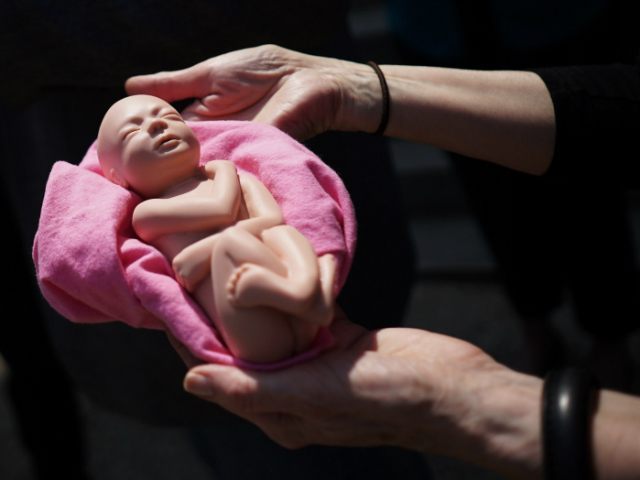The pro-abortion New York Times has denounced Italy’s failure to oblige its doctors to perform abortions even when such an intervention goes against their conscience as healers.
In a Monday op-ed, contributor Ilaria Maria Sala laments the fact that 7 out of 10 gynecologists refuse to perform abortions in the predominantly Catholic country, while in certain regions the numbers are even higher. In the southern region of Apulia, for instance, 9 out of 10 gynecologists won’t terminate a pregnancy.
The 1978 law that legalized abortion in Italy also made provisions for those doctors who objected to the practice for reasons of conscience, allowing them an exemption from performing the procedure. Because of the elevated numbers of conscientious objectors, Ms. Sala complains, “getting an abortion in Italy today can be as hard as in countries where abortions are illegal.”
While trotting out the usual tropes about “unsafe and illegal abortions,” Ms. Sala fails to mention that illegal abortions are nearly always carried out by certified physicians and are just as “safe” as legal abortions, except for the unborn infant whose life will be terminated.
Recounting one horror story. Sala claims that a woman in Padua “had to go to 23 hospitals before she found one that would terminate her pregnancy.”
The op-ed rightly notes that “Italy has been repeatedly chastised by the Council of Europe and the United Nations Human Rights Committee,” a fate similar shared by nearby Ireland, which has suffered the wrath of international organizations for its constitutional protection of unborn babies.
In a direct attack on Irish sovereignty and self-government, a 2017 report from a UN committee on women’s rights has slammed the country’s pro-life laws, demanding that Ireland repeal the Eighth Amendment to its constitution that bans the procedure.
Due to increased awareness of the evil of abortion and a corresponding shift in public perception of the practice, the share of conscientious objectors among gynecologists in Italy has risen “from 59 percent in 2005 to 70 percent in 2013.” Though many people would consider this shift to be a good thing, Ms. Sala holds it up as a sign that Italy has become hostile to women’s “reproductive rights.”
She did find a glimmer of hope, however, in a recent decision by an administrative court in Rome to cut back allowances for conscientious objection. The court ruled that medical personnel “could not invoke conscientious objection to refuse prescribing birth-control pills or withhold certificates of pregnancy.”
Permitting doctors to opt out of abortions is a manifestation of the “internal contradictions” of Italy’s abortion law 194, Sala said.
The real culprit in all of this, Sala suggests, is the Roman Catholic Church, which remains staunchly pro-life. Not only bishops and priests, but lay Catholics as well, such as those belonging to the immensely popular Comunione e Liberazione (Communion and Liberation) movement, are deeply committed to the pro-life cause, she states.
Catholic women’s clinics, Sala declares, “refuse to provide even information or basic services to women seeking an abortion” despite the fact that they take government money coming from a 0.8 percent religion tax that some citizens choose to direct to the Church.
Even Pope Francis, Sala writes, has taken advantage of the law’s “loophole,” encouraging physicians to make “brave choices that go against the current,” in reference to conscientious objection in the case of abortion.
Despite the article’s ostensible subject matter of abortion in Italy, there are clearly overtones for American practice as well, where the question of religious freedom and conscientious objection are still hotly debated.
For the New York Times the choice is clear: unfettered access abortion must override religious liberty and conscientious objection every time.
Follow Thomas D. Williams on Twitter Follow @tdwilliamsrome

COMMENTS
Please let us know if you're having issues with commenting.